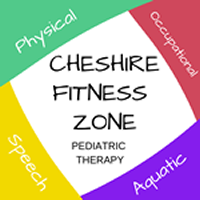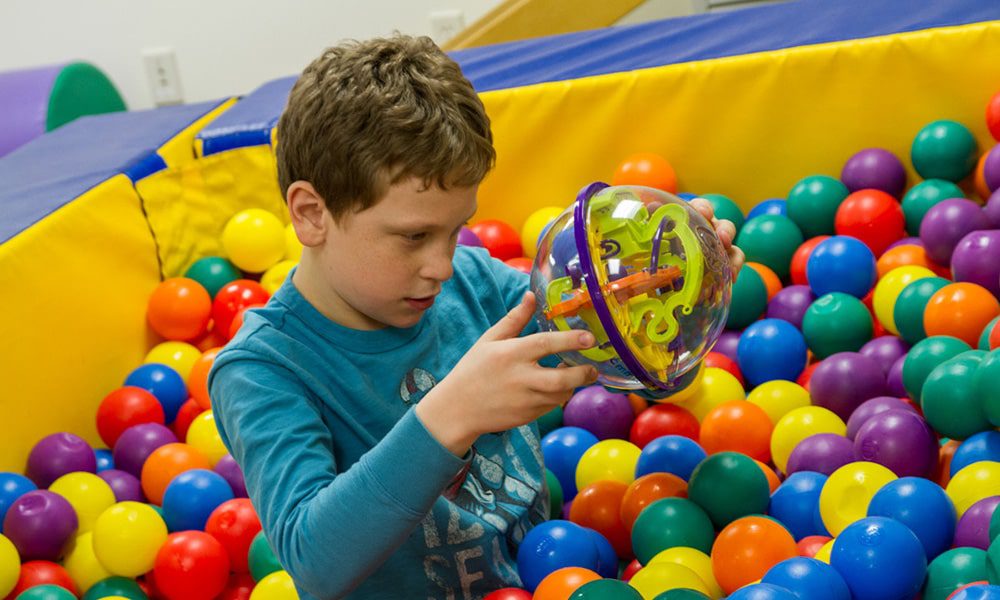Aquatic therapy is a form of ‘impact-less’ physical therapy where the user will perform movements in the water. The user performs exercises and undergoes treatment while partially or fully submerged in water for fitness, physical rehabilitation, relaxation, and for other therapeutic benefits. The water that the patient is partially or fully submerged in is often heated and the temperature can be controlled to the user’s liking or to a specific temperature that the therapist thinks the particular conditions can help achieve maximum results.
Aquatic therapy is mostly and commonly used to improve the physical functions and movements of an individual, and to treat or lessen the pain of an illness, injury or disability. The first and foremost benefit of aquatic therapy is that the patient himself does not need to know how to swim – the patient is always guided and accompanied by a qualified therapist. Since the therapy is known to be easy on the bones, here are 4 reasons on why it will work for children who are suffering from juvenile arthritis.
Increase in joint flexibility
When the patient is submerged in water, buoyancy increases and the effects of gravity sharply decreases. This is a great circumstance for improving joint flexibility and allows for an increased joint range of motion to happen without any strain on the bones and muscles, and that is unlikely to be achievable without the ‘guided’ help of the water. Submersion in water decreases the patient’s weight to about 10%, meaning that the user, who may be unable to support his body weight on land, may be able to do so in water. This allows the patient to stretch and move his joints around, thus promoting joint flexibility.
Decrease in pain
When an individual is submerged in water, especially warm water, it makes the patient feel more comfortable and can feel a decrease in pain levels if the affected or injured body part is submerged in water. While in warm water, blood supply is increased to sore muscles, bones, and injured body parts to promote relaxation effects. Also, if the patient is burdened by his own body weight on land, being in water temporarily suppresses the pain.
Improved balance and a decrease in pain due to hydrostatic pressure
While submerged in water, the user experiences uniform pressure towards the whole body. The uniform pressure, along with the effects of buoyancy, provides additional support to an individual’s body, thus making the patient feel braver and less scared of falling or getting hurt. The feeling of uniform pressure in water is also called hydrostatic pressure, and it decreases pain and edema. This in turn allows the user to move better at a consistent rate.
Psychological benefits
Water supports the patient, in a physical sense. Since the patient feels that something is supporting him/her from all angles, it promotes a calming effect on the patient which calms the patient down to work efficiently during his/her therapy session. For patients who feel insecure, the support and warmth of the water works well together to make the patient feel more calm, composed and confident of himself/herself, which is essential to any therapy sessions.



